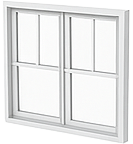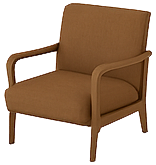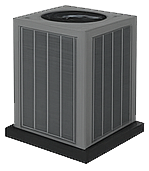Free Revit Families

Door Familiy

Window Family

Furniture Family

HVAC Family
What Are Revit Families?
Revit families are the foundational building blocks of every Autodesk Revit project—groups of elements that share the same geometry, parameters, and behavior but may vary in size, materials, or other properties. By using families, you can construct and manage complex building models efficiently.
Family Hierarchy: From Model to Instance
Model – The complete building project.
Family Categories – Broad classifications like walls, doors, windows, furniture.
Families – Groupings within categories (e.g., rectangular columns vs. round columns).
Types – Variations within a family (e.g., 400×400 vs. 500×500 columns).
- Instances – Individual placements of a type within the model.
Types of Revit Families
System Families
Definition: Built-in elements created within the project (e.g., walls, floors, roofs, ceilings).
Characteristics: Cannot be exported as separate files but can have multiple types modified or duplicated.
Example: For walls, Revit includes Basic Walls, Stacked Walls, and Curtain Walls.
Loadable (Component) Families
Defination: Custom or external elements built in the Family Editor and saved as .rfa files (e.g., doors, windows).
Use Case: Flexible, reusable across projects, and fully customizable with parameters and types.
In-Place Families
Definition: Unique elements created directly in the context of a project (e.g., custom geometry or site-specific features).
Drawbacks: Not reusable, increase file size, and generally should only be used for one-off custom elements.
Specialized Loadable Family Types
Nested Families – Families embedded within other families (e.g., a door handle inside a door frame).
Grouped Families – Combination of multiple elements saved and reused as one object.
Face-Based Families – Attached to planar surfaces and adapt to orientation/location.
Work Plane-Based Families – Require a defined work plane for correct placement.
Line-Based Families – Defined along a line—useful for elements like railings or pipes.
Adaptive Families – Use adaptive points to flexibly conform to complex shapes or project conditions.
